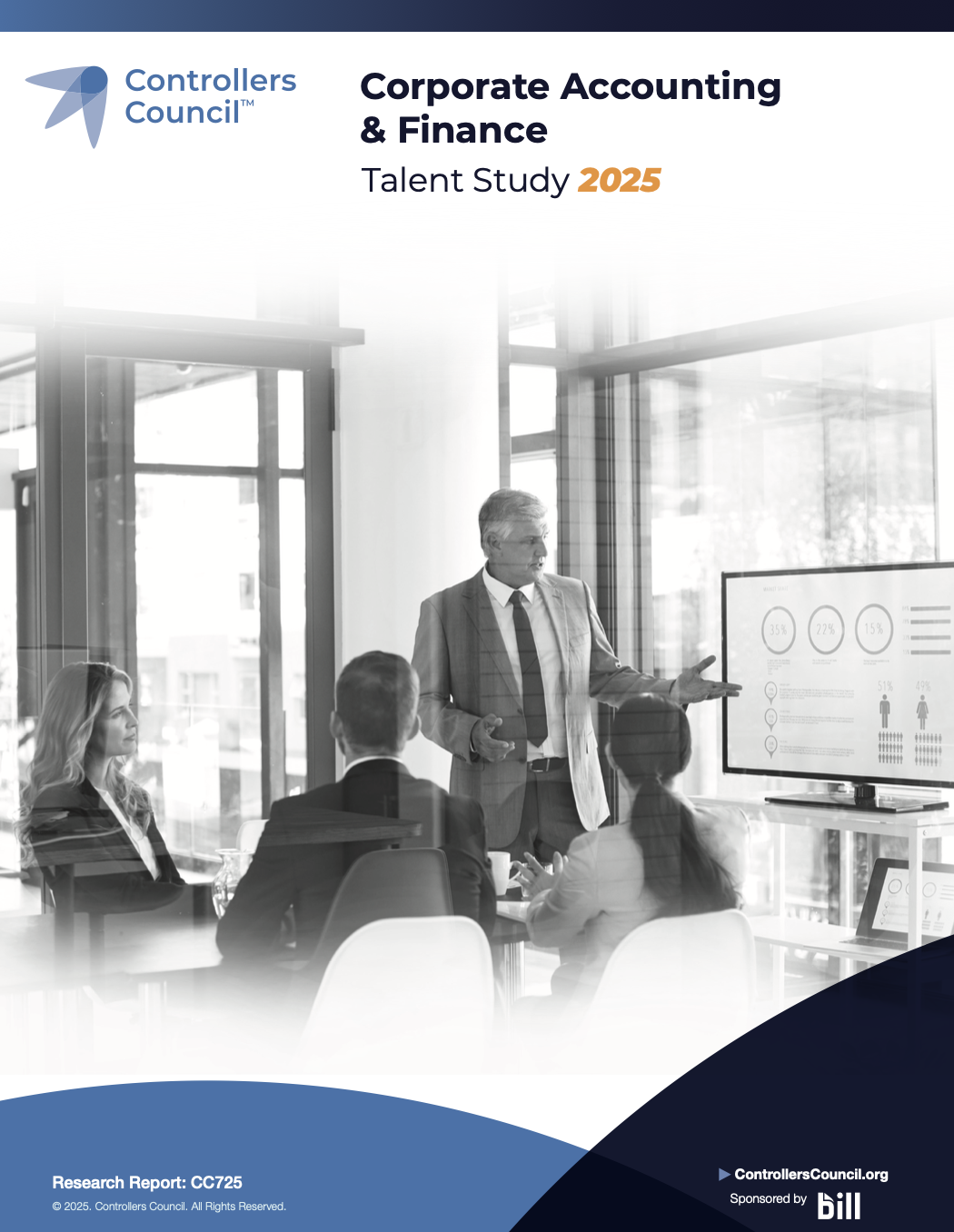Controllers and CFOs play a vital role in guiding corporate strategy. The best business decisions depend on data, and these financial workers rely on company data to develop a set of key performance indicators (KPIs) that drive the organization forward.
One of the most important KPIs is working capital, which provides a snapshot of a company’s operational efficiency. Here’s how working capital functions, how it’s measured, and why it matters in the world of business.
What Is Working Capital?
Working capital refers to the amount of money an organization has at any given moment. This measurement represents the difference between a company’s current assets and liabilities.
Working capital reveals a company’s ability to meet immediate expenses. It’s therefore one of the most reliable indicators of the organization’s short-term financial health.
Working Capital vs. Liquidity
What’s the difference between working capital and liquidity? The two are actually related, though they’re not synonymous.
Working capital refers to the amount of money or spendable assets a company has on hand. By contrast, liquidity measures the ease with which a company can convert its available assets into cash.
A company could be said to have a lot of working capital if they have a lot of liquid assets, such as cash or cash equivalents. But having a lot of illiquid assets (such as property or equipment) doesn’t guarantee a lot of working capital until it’s converted into cash.
How to Calculate Working Capital
Working capital is quite easy to calculate. It’s simply the difference between a company’s assets and liabilities:
Working capital = current assets – current liabilities
Ideally, you want your working capital to be positive. Positive working capital indicates that your income is greater than your debts and that your business is capable of meeting its obligations.
Negative working capital means that your short-term debts exceed your short-term source of income. This indicates that your business is in poor financial health, which can be problematic if you can’t meet your financial obligations.
Is High Working Capital a Good Thing?
High working capital isn’t necessarily desirable.
Having substantially more income than obligations usually means you’re not using cash effectively or you have too much inventory on hand. In many cases, businesses are better off investing their excess cash in expansion projects or diverting funds away from their inventory and into other areas of business.
Why Is Working Capital Important?
The importance of working capital is hinted at in its name — it refers to the amount of money that can actively “work” for a business, covering obligations such as inventory, utilities, vendor payments, and payroll. Working capital reveals the efficiency of a business, as well as its ability to grow.
When a business lacks working capital, it may be in danger of defaulting on a business loan or failing to cover employee paychecks. Having a handle on an organization’s working capital is therefore essential, which is why it’s such an important KPI for controllers and CFOs.
How to Increase Your Working Capital
There are several ways an organization can increase its working capital. Here are three of the most reliable methods for CFOs and controllers.
Pursue Automation
Automation eliminates the need for large teams of employees and keeps the employees you have focused on your central mission. Moreover, automation accelerates your core business processes. In an environment where transactions happen at lightning speed, an organization will have better cash flow and access to working capital.
Open a Business Line of Credit
A revolving line of credit can give a company access to funding on a rotating basis. A business line of credit that goes toward covering short-term business needs is ideal for offsetting the costs of evolving expansion projects.
Reduce Bad Debt
Bad debt refers to uncollectible receivables. The bigger your business, the greater the chance that bad debt could significantly impact your working capital.
You can reduce bad debt by implementing systems to get paid faster. If necessary, you can use bad debt as a write-off on your business taxes.
Manage Your Tax Liabilities
Reducing your tax liability can eliminate another major overhead cost for your business. Companies can often lower their tax bills through charitable donations, energy credits, or other benefits that help ensure that they retain more of their earnings.
Eliminate Waste
By pinpointing wasted spending, you can improve your organization’s efficiency and increase your working capital. Financial software can be especially helpful in this regard, as it can provide you with a comprehensive picture of your financial health and highlight areas that need improvement.
Working Capital: An Important KPI
Controllers and CFOs play an important analytical and advisory role within any business. Using working capital as a major KPI is just one of many ways these professionals can guide corporate leadership and ensure that the company’s decisions align with its mission.
Join the growing Controllers Council community to stay informed on KPI topics and discuss with your peers. Finally, stay tuned for more in Controller/CFO KPI series.




